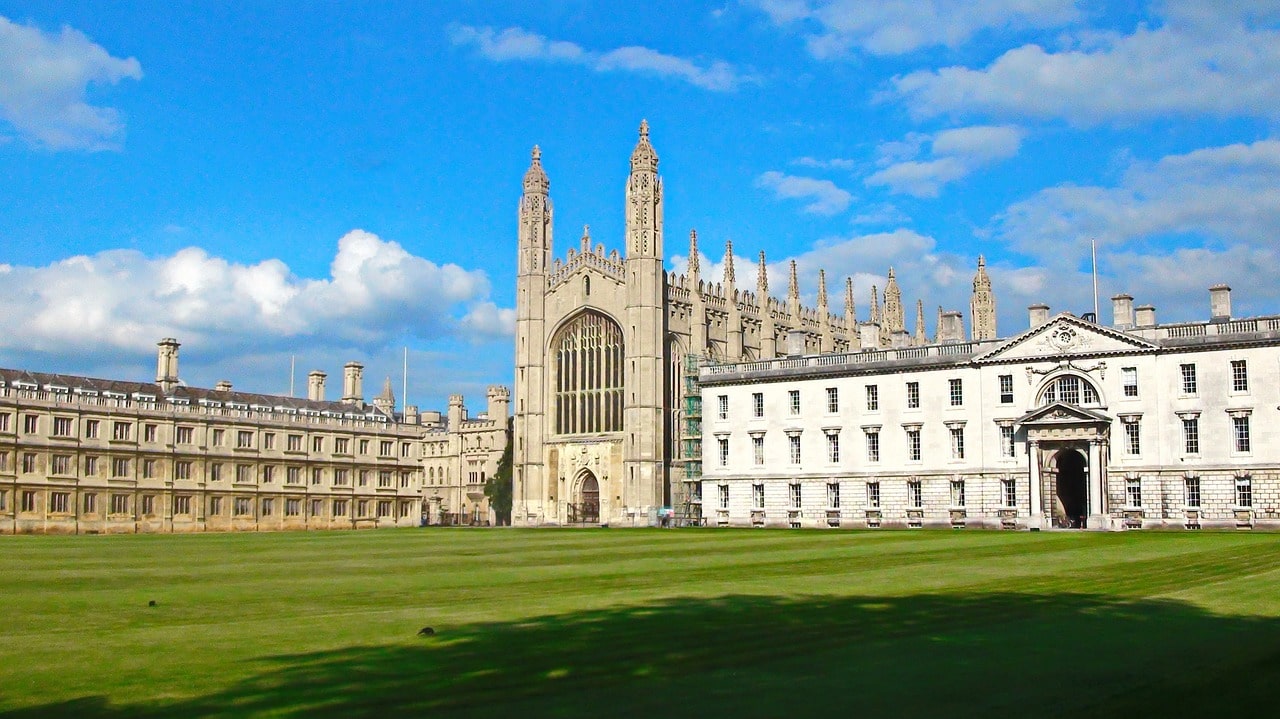Virtual Reality in Education: Beyond Traditional Textbooks
Over the years, virtual reality has made a significant impact on various industries, including education. With the continuous advancement of technology, traditional textbooks are slowly becoming a thing of the past. Virtual reality is revolutionizing the way students learn by providing an immersive and interactive experience that goes beyond what traditional textbooks can offer. In this article, we will delve into the world of virtual reality in education and discuss how it is changing the landscape of traditional textbooks.
The Rise of Virtual Reality in Education
Virtual reality, also known as VR, is a computer-generated simulation that takes place in a three-dimensional environment. It allows users to interact with the virtual world in a realistic and immersive way. In recent years, VR has gained popularity in various industries, including education.
The incorporation of virtual reality technology in education has opened up endless possibilities for students and teachers. It provides a unique and dynamic learning experience that can engage students in ways traditional textbooks cannot. VR allows students to actively participate in the learning process, making education more interactive and stimulating.
The Benefits of Virtual Reality in Education
1. Enhanced Learning Experience
Virtual reality provides a hands-on learning experience that allows students to explore and interact with concepts in a more tangible way. This enables students to have a better understanding and retention of the subject matter. In addition, VR can simulate real-life scenarios, giving students a more realistic learning experience.
2. Greater Engagement
Traditional textbooks can be monotonous and dull, causing students to lose interest in the subject matter. However, virtual reality can create a sense of presence and immersion, making learning more enjoyable and engaging for students. This can also motivate students to learn and explore beyond the classroom.
3. Accessibility and Flexibility
Virtual reality offers a flexible and accessible learning experience for students. It eliminates the barriers of time and space, allowing students to access educational material anytime and anywhere. This is especially beneficial for students who are unable to attend physical classes due to various circumstances.
The Future of Textbooks in Education
The use of virtual reality in education is still in its early stages, but its potential for transforming traditional textbooks is immense. VR technology is continuously evolving, and its application in education is only expected to grow. As the cost of VR technology decreases, it will become more accessible and affordable for educational institutions.
In the future, we can expect to see virtual reality being used in various subjects, from science and mathematics to history and literature. The use of VR in education can also open up opportunities for personalized learning, where students can choose their own pace and style of learning.
Conclusion
As technology continues to advance, the use of virtual reality in education will play a crucial role in shaping the future of learning. It goes beyond traditional textbooks, providing an engaging and immersive learning experience that can enhance students’ understanding and retention of subject matter. The possibilities of VR in education are endless, and it is exciting to see how it will continue to revolutionize the education industry in the years to come.










